
If there is a representative monument of the monumental complex of Mérida, it is undoubtedly the Roman Theater.
The Roman Theater of Merida is the largest Roman theater in Spain and one of the largest in Europe. It is also one of the best preserved Roman theaters in the world.
Below you will discover a little of its history and you will be surprised by its most interesting facts.
360º virtual guide through the theater of Augusta Emerita
Don’t miss this 2 and a half minute video where you will see a reconstruction of the Roman Theater of Merida and learn the most interesting facts about the building.
The Roman Theater of Mérida and its parts
The most spectacular area of the theater is the front of the stage: a stony forest of marble columns between which stand robed or armored statues that have preserved their profound majesty over the centuries.
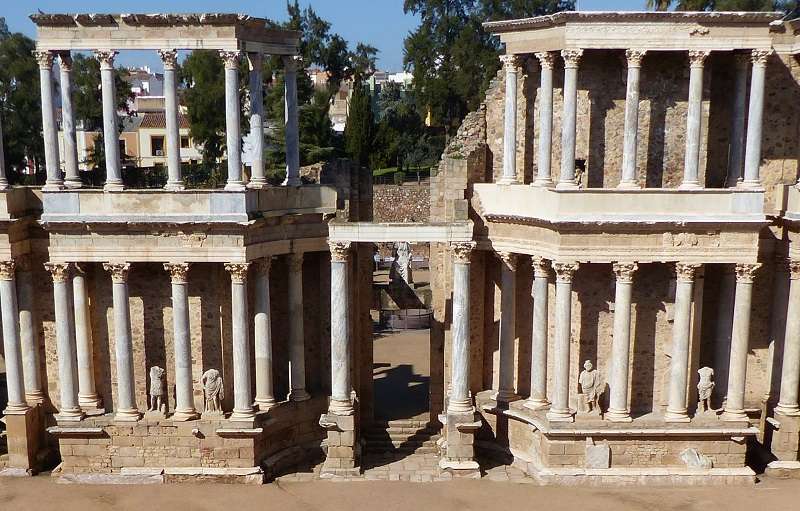
In the center, presiding over all seated on her throne, Ceres, the great mother goddess, swimmer of life who makes the crops grow; Pluto, god of the underworld; and Proserpina, the beautiful daughter of Ceres abducted by Pluto.
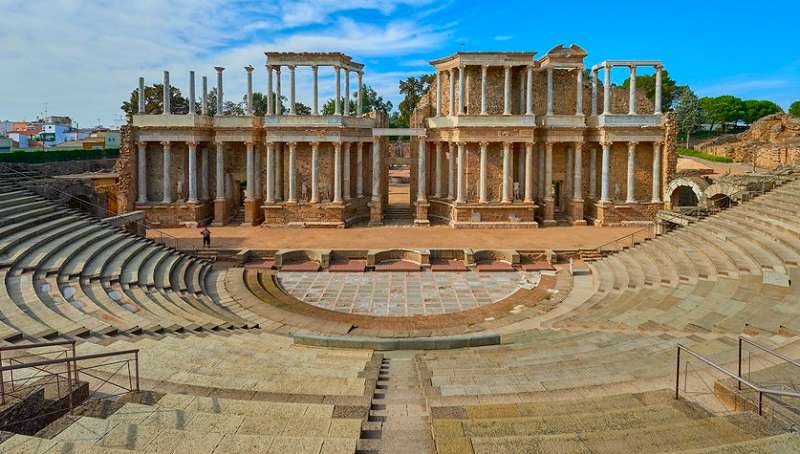
Behind the scene there is a landscaped area surrounded by columns and porticoes: the peristyle, a series of columns around the Roman inner courtyards that was used as a recreation area.
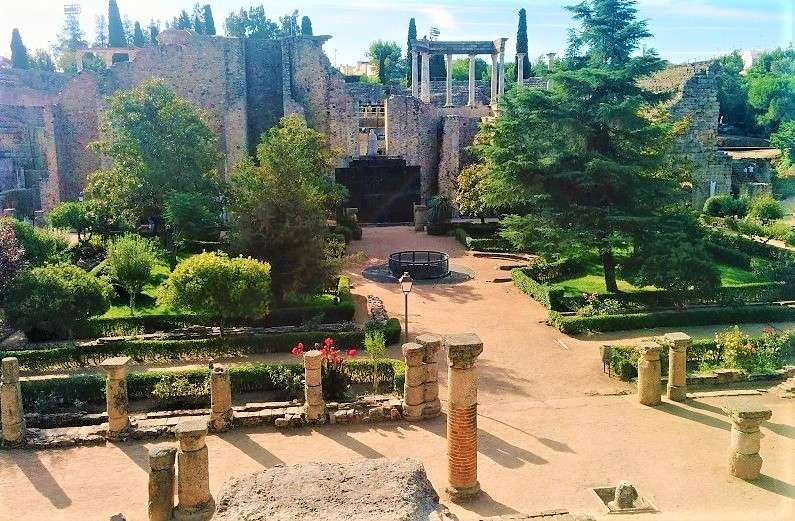
At the back of this garden there was a small room dedicated to the imperial cult, specifically to the emperor Caesar Augustus.
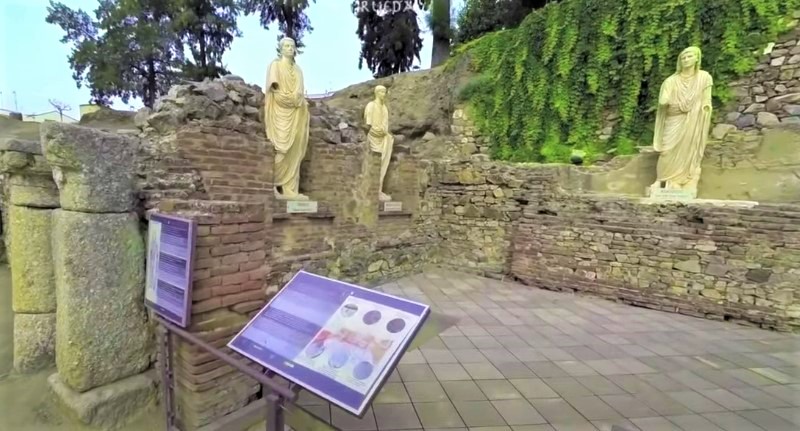
In the peristyle, remains of a house built after the theater was abandoned were found. One of its rooms has unique mural paintings depicting life-size human figures.
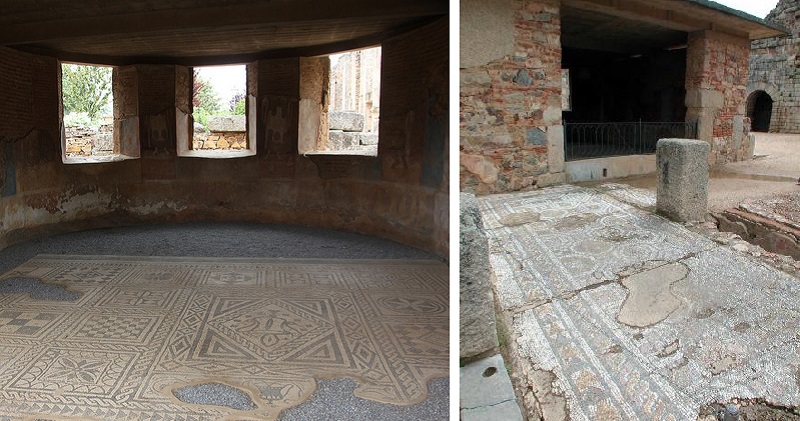
Inaugurated in 15 B.C., the Roman Theater of Mérida was buried for centuries, keeping visible only the upper part of the stands that made up seven large blocks popularly known as the seven chairs.
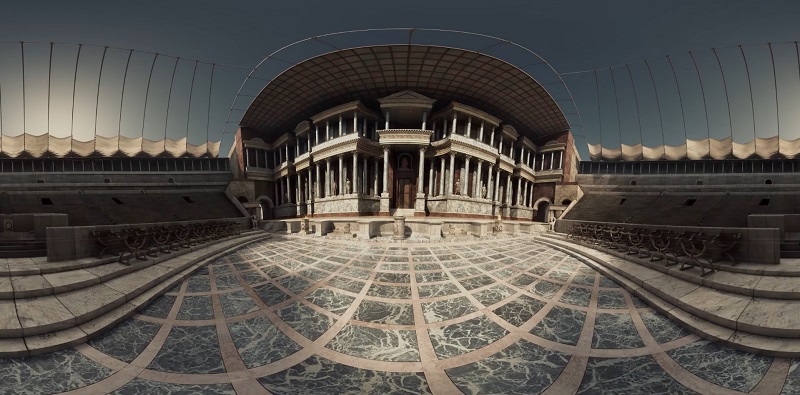
The grandstand had a capacity for 6,000 spectators, taking advantage of the slope of the San Albín hill, and was divided into three sectors.
The Roman Theater of Mérida today
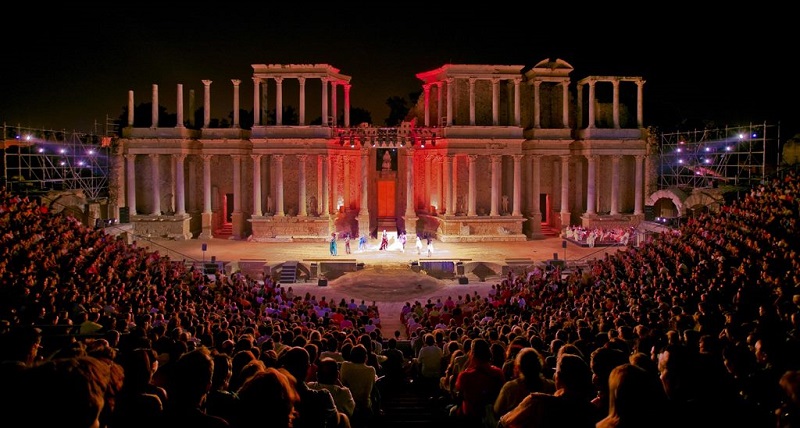
The orchestra in the center is surrounded by stands of honor reserved for the authorities of yesterday and today.
Because the Roman theater, despite its more than 2000 years of history, is not dead.
It revives every year, every summer night. When the spotlights caress its marble veins. When its stone seats receive the warmth of thousands of people who flock to attend the festival of Mérida to see the wonder of its magic: the magic of the theater.
Because the Roman Theater of Mérida will continue to thrill for another 2,000 years, whoever is in its stands, whoever governs in its centuries, whoever it may be, whoever falls.
Frequently Asked Questions
The normal ticket price is 12€ (includes Theater and Amphitheater).
The reduced rate is 6€ and applies to young people between 13 and 17 years of age, youth card holders, students up to 25 years of age, seniors over 65 years of age or retired persons, disabled persons and members of large families.
You can enter for free only if you are a Mérida resident, researcher, MECENAS member or under 12 years old.
The Theater’s winter schedule (from October 1 to March 31) is as follows:
Opening of the Monumental Enclosure: 9:00 a.m.
Closing of Box Office and Access: 6:00 p.m.
Closing of the Monumental Enclosure: 18:30 hours
Remember that you can also access the theater to see a performance even at night.
The Theater will be closed only on December 25, January 1 and January 6.
Of course! Check out the best guided tours in Merida.
The address of the Roman Theater of Merida is Plaza Margarita Xirgu, s/n, 06800 Merida, Badajoz. You can see the location on the map here.
More of Merida’s historical heritage
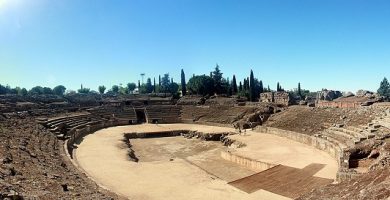
Mérida Roman Amphitheater
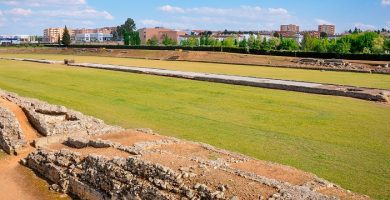
Roman Circus of Merida
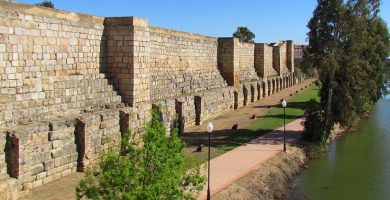
Moorish Alcazaba of Merida
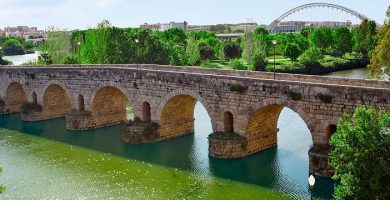
Roman Bridge of Merida over the Guadiana river
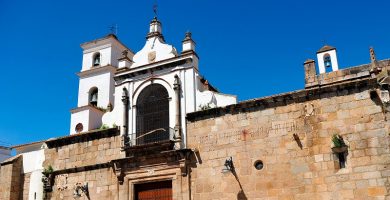
Co-cathedral of Santa María la Mayor of Mérida

Los Milagros de Merida Aqueduct
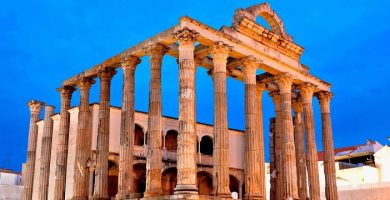
Roman Temple of Diana in Mérida
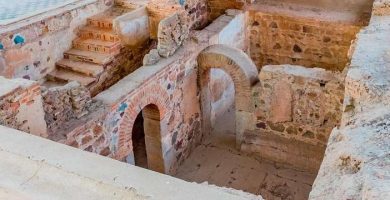
Casa del Mitreo House in Mérida
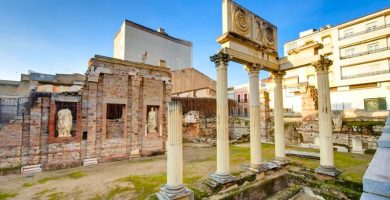
Portico of Merida’s Municipal Forum
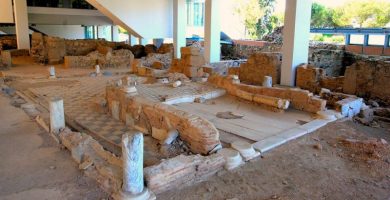
Morería de Mérida Archaeological Site

Plaza de España in Mérida

Basilica of Santa Eulalia in Mérida
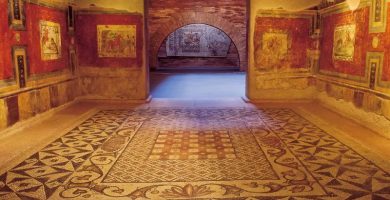
National Museum of Roman Art of Mérida
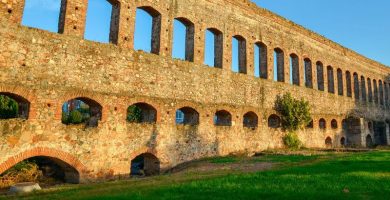
San Lázaro Aqueduct in Mérida
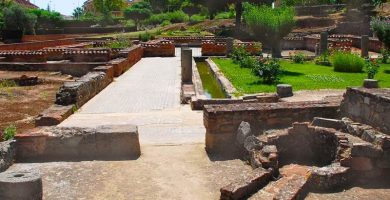
Merida Amphitheater House
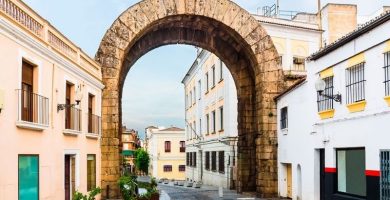
Trajan’s Arch of Mérida
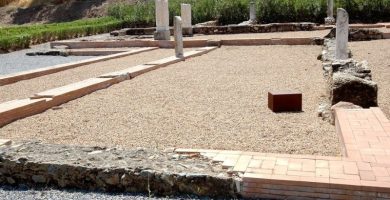
Mérida’s Xenodoquium

Roman Bridge over the Albarregas
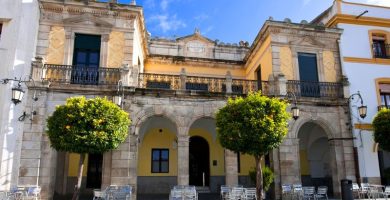
Círculo Emeritense in Mérida
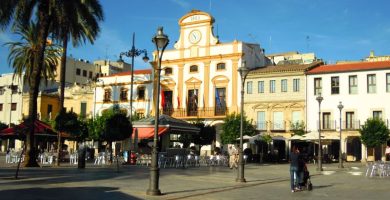
Mérida City Hall
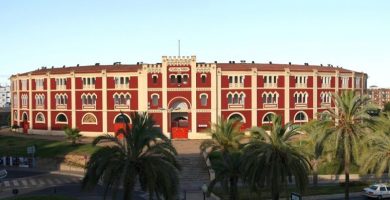
Bullring of Mérida
